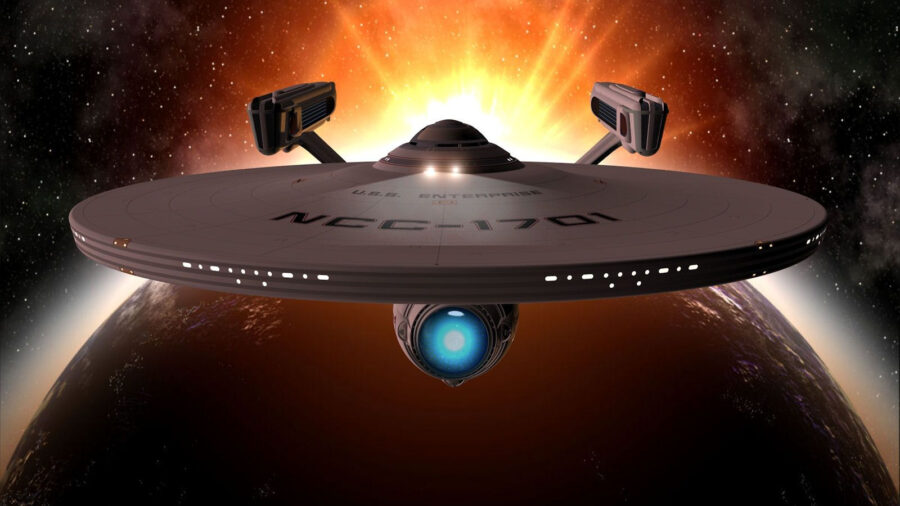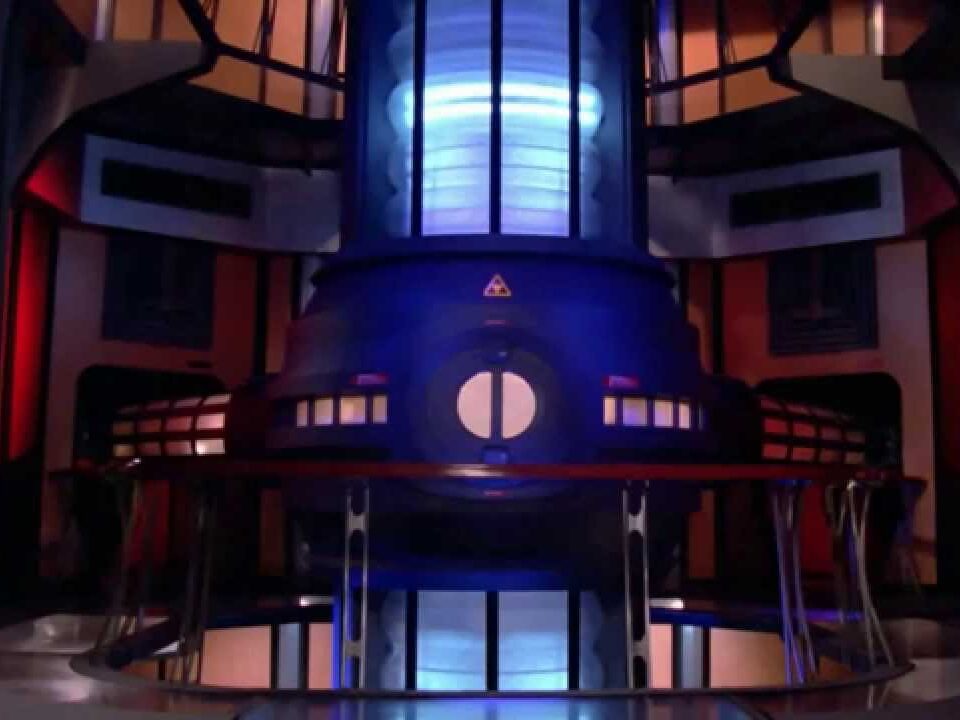Antimatter Was Just Manipulated For The First Time, Star Trek Is Becoming Real
A new breakthrough in antimatter research is changing our future.
This article is more than 2 years old

We don’t really know what antimatter is. We can define it, but those definitions are based on limited information at this time. Scientists approach antimatter with some knowledge and many hypotheses. Of course, curious minds want to know. We have so many questions, and science fiction stories have only opened up the possibilities. If we better understood the realities of antimatter, could we manage faster than light travel, as we’ve seen on Star Trek? Would antimatter fueled warp drives of the iconic sci-fi show be a part of our lives?
There are many ways to approach the problem of better understanding antimatter, but one of them has been finding a way to make it slow down. See, the atoms in antimatter are spinning around at 186 miles per hour. That’s not great for attempting to observe them, let alone manipulate them. Now, after decades of research and many steps along the way, scientists have used a laser to cool antihydrogen particles to near absolute zero. They shot light at the correct frequency to cool the atoms to the point that they were only moving at 31 miles per hour.
This is a huge step in making antimatter observable, manipulatable, and potentially, less expensive. Currently, researching antimatter is not cheap. It’s considered the most expensive material we can make, which it another huge obstacle to better understanding it.

The team behind the latest findings are working through European Organization for Nuclear Research (CERN) in Geneva, an international collaborative group. Specifically, this project was the ALPHA project, formally known as the Antihydrogen Laser Physics Apparatus (ALPHA) project. Many of the goals of the people working with antimatter have largely been considered so difficult as to be laughable.
One of the researchers on the team is Makoto Fujiwara, who spoke with Vice about their work. When he got started in the 1990s, they couldn’t make antimatter. By 2011, CERN managed to trap antihydrogen for 1,000 seconds. That may not sound like much, but it was decades of work to get there, and directly led to discovering how to freeze the particles today.
While we are still probably a long way off from discovering if warp drives could be a reality for us, we are a lot closer to better understanding the basic truths of antimatter. There is just so much we still need to know. For example, right now, scientists are working on the assumption that antimatter and matter are identical except for their charge. We know that when matter and antimatter collide, they annihilate each other. When they do, it creates energy. This is why outside of neat things like warp drives, we mostly hear “antimatter” mentioned in stories with the word “bomb”, like in the Tom Hanks movie Angels and Demons.

So, we know that antimatter and matter have opposite charges, but is that the only difference between them? We believe so, but that’s based on the data we currently have. By being able to use the ALPHA laser to freeze antimatter, and manipulate it, researchers are going to hopefully be able to find out if that’s the definitive truth. Are there other differences between the two? Right now, most scientists believe that antimatter falls down, under the same gravitational rules matter has to follow. But we don’t actually know. It spins in the opposite direction. There is reason to suggest it might fall up. And soon, we might be able to know for sure.
There are other questions researchers also want answers to, but even more exciting are the plethora of questions scientists haven’t known to ask yet. With the data collection now possible, teams at CERN will be exploring brand new territory. It’s an exciting time to be a physicist.












